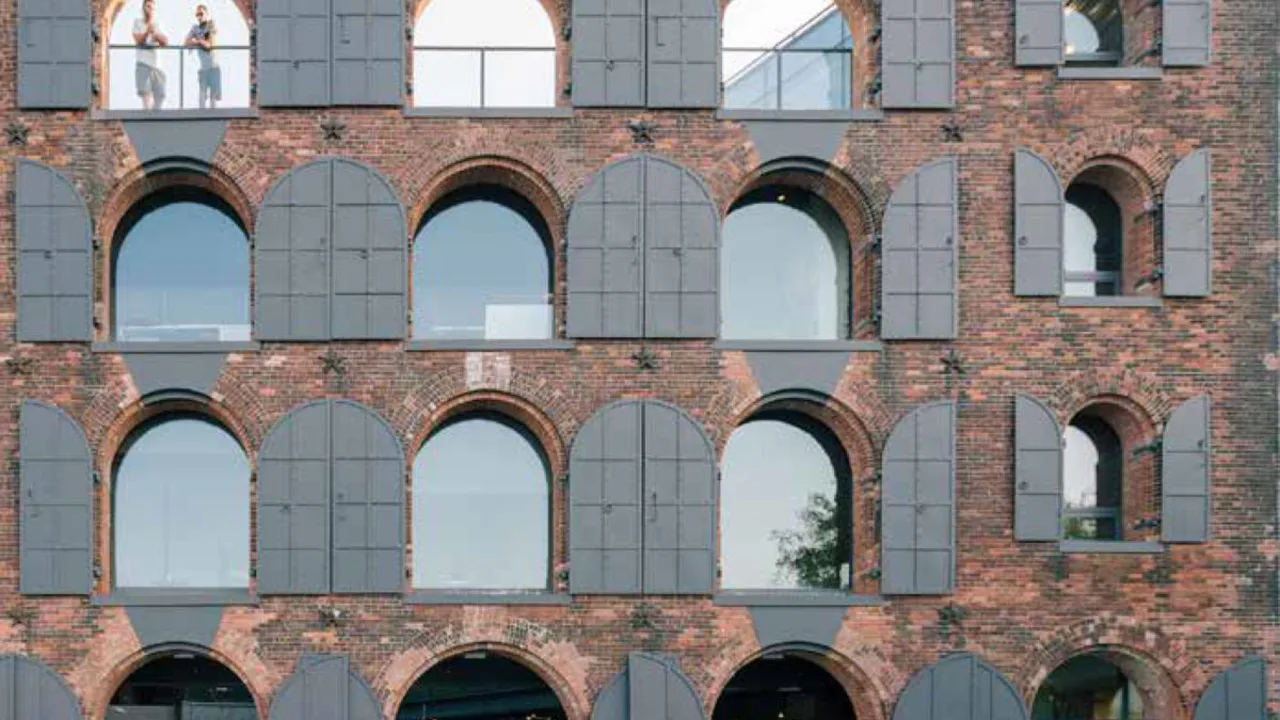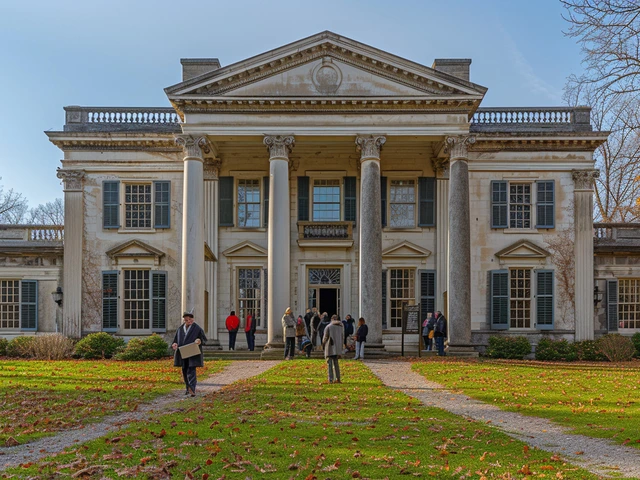The Essence and Diversity of Colonial Architecture
Colonial architecture, a testament to the rich tapestry of America's history, encapsulates a variety of styles brought by European settlers from the 1600s to the mid-19th century. Not just a single style, colonial architecture reflects the influences of English, Dutch, Spanish, and French architectural traditions, each adding its distinctive flair to the American landscape. The common thread among these diverse styles is the emphasis on symmetry, proportion, and functionality, making colonial homes both aesthetically pleasing and practical.
Specific characteristics often include pitched roofs, a central chimney, brick or wood facades, and a rectangular footprint. The interior layout typically revolves around a central hallway with evenly spaced rooms on either side, promoting a sense of balance and harmony. Over time, regional variations emerged, adapting to local climates and materials, which further enriched the colonial architectural palette. English Colonial homes in the Northeast, for instance, often feature wood siding, while Spanish Colonial homes in the Southwest are usually constructed with adobe, reflecting the adaptation to their respective environments.
Understanding the historical and cultural significance of colonial homes is not just an academic exercise but a way to appreciate the legacy left by early American settlers. Their architecture was not only functional but also symbolic, representing the settlers' aspirations, challenges, and ultimately their enduring impact on the fabric of American society.
Challenges of Restoring Colonial Architecture
Restoring a colonial home presents a unique set of challenges, blending the need for modern functionality with the desire to preserve historical integrity. One major hurdle is adhering to historical preservation standards, which often require using period-appropriate materials and techniques. This can be both time-consuming and costly, as sourcing authentic materials and skilled craftsmen who are familiar with traditional building methods can be difficult.
Another significant challenge is updating the infrastructure of a colonial home—electricity, plumbing, heating, and cooling systems—to meet contemporary standards without compromising the building's historical character. Many colonial homes were not built with modern amenities in mind, necessitating creative solutions to integrate these systems seamlessly. Additionally, ensuring that any additions or alterations remain in harmony with the original design requires careful planning and sensitivity to the architectural style.
"Preserving historic architecture is not merely about maintaining a building's physical structure but honoring the stories it tells and the cultural heritage it represents." - Renowned Preservationist
Despite these challenges, restoring a colonial home can be immensely rewarding. It provides an opportunity to breathe new life into a piece of history, creating a living link to the past that also serves contemporary needs. The key is to approach restoration with respect, knowledge, and a willingness to adapt, ensuring that these architectural treasures can continue to be appreciated for generations to come.
Tips for Preserving and Renovating Colonial Homes
For those considering the restoration or renovation of a colonial home, several practical tips can help navigate the process. Firstly, conducting thorough research is critical to understanding the home's historical context and original architectural features. Gathering old photos, drawings, and records can provide invaluable insights into the building's past, guiding restoration efforts in a direction that honors its heritage.
When planning renovations, prioritize preserving the original structure and features wherever possible. Original hardwood floors, windows, fireplaces, and moldings carry the essence of the home's history and add irreplaceable character.
Engaging professionals who specialize in historic preservation or colonial architecture is also crucial. These experts can offer advice on appropriate materials, design considerations, and preservation techniques that respect the home's historical significance while addressing contemporary needs.
Finally, embracing the unique quirks and imperfections of a colonial home can be a way to celebrate its history. Rather than striving for perfection, acknowledging and preserving signs of wear and age can add depth and authenticity, making the home truly one of a kind.
In conclusion, the revival of colonial architecture is more than a trend; it's a way to connect with America's architectural heritage and celebrate its diversity. With careful planning, respect for history, and attention to detail, it's possible to preserve these timeless homes for future generations to admire and enjoy. Whether you're restoring a colonial gem or simply drawing inspiration from its classic beauty, there's no denying the lasting impact and appeal of this iconic architectural style.





